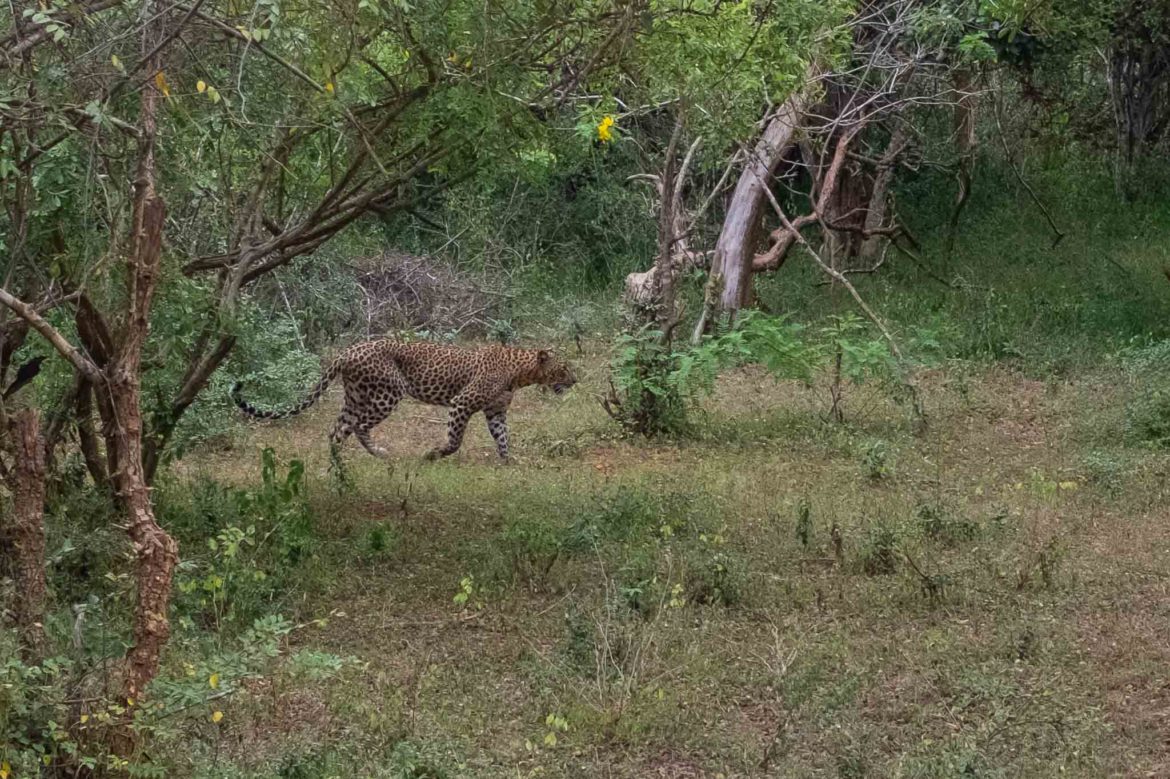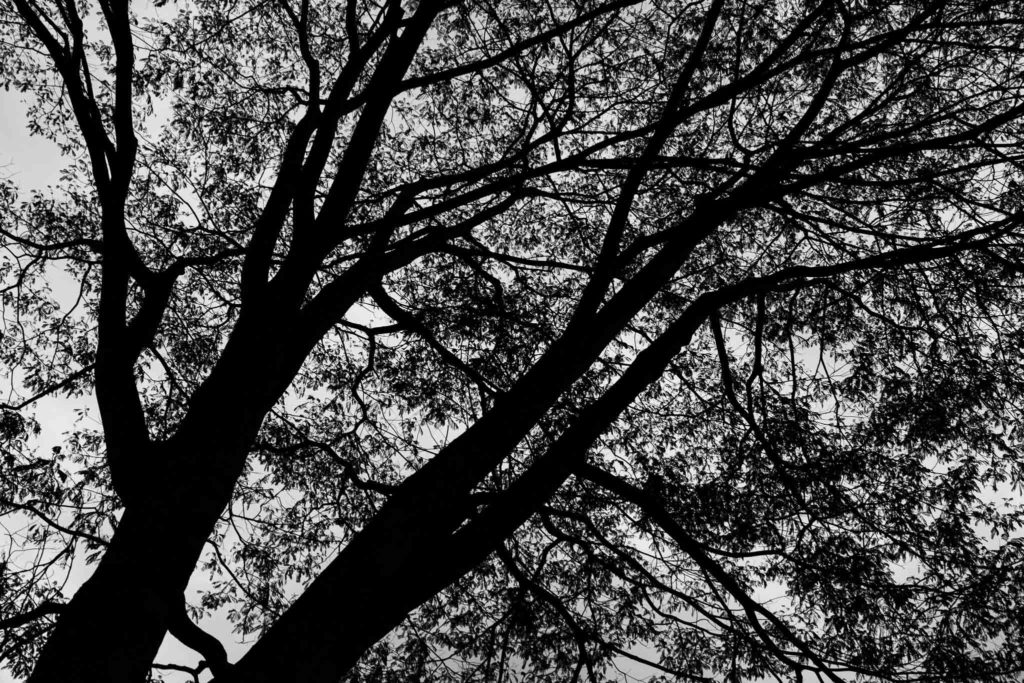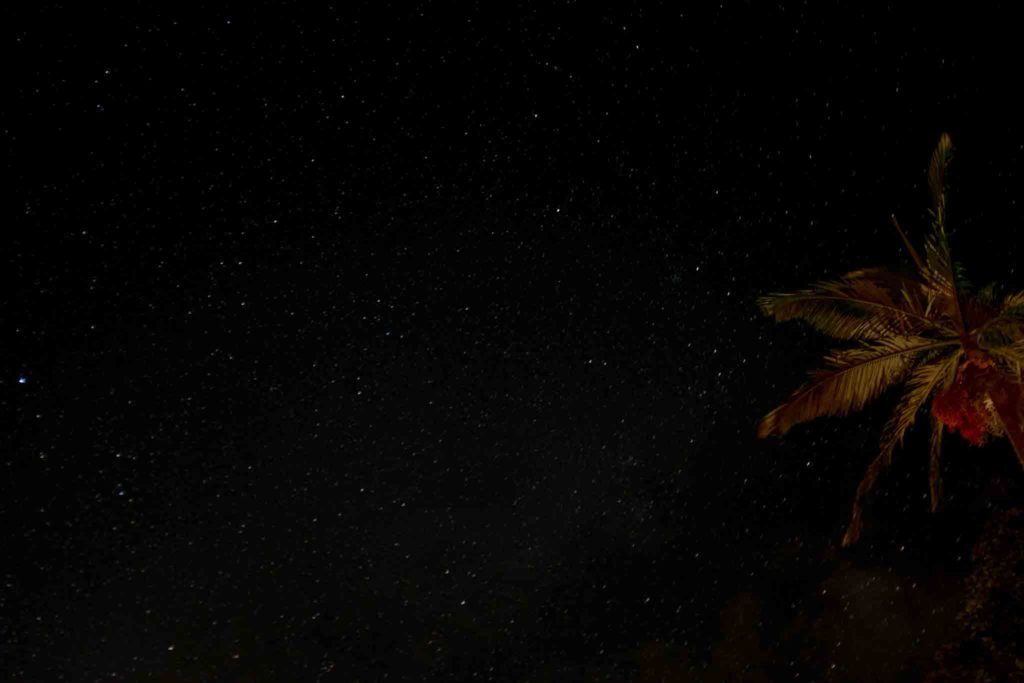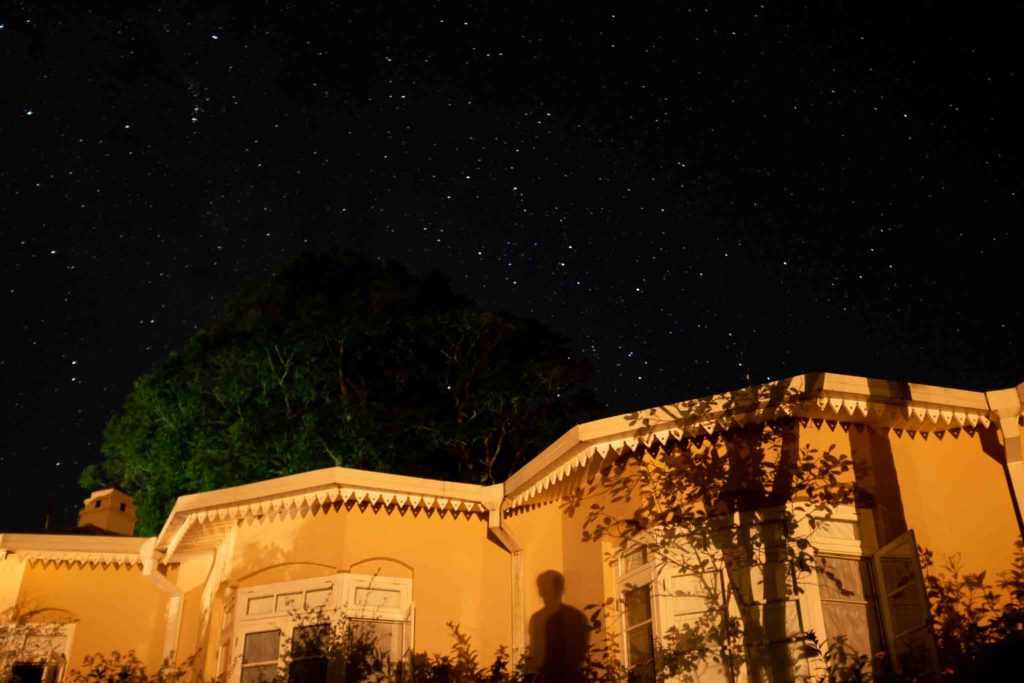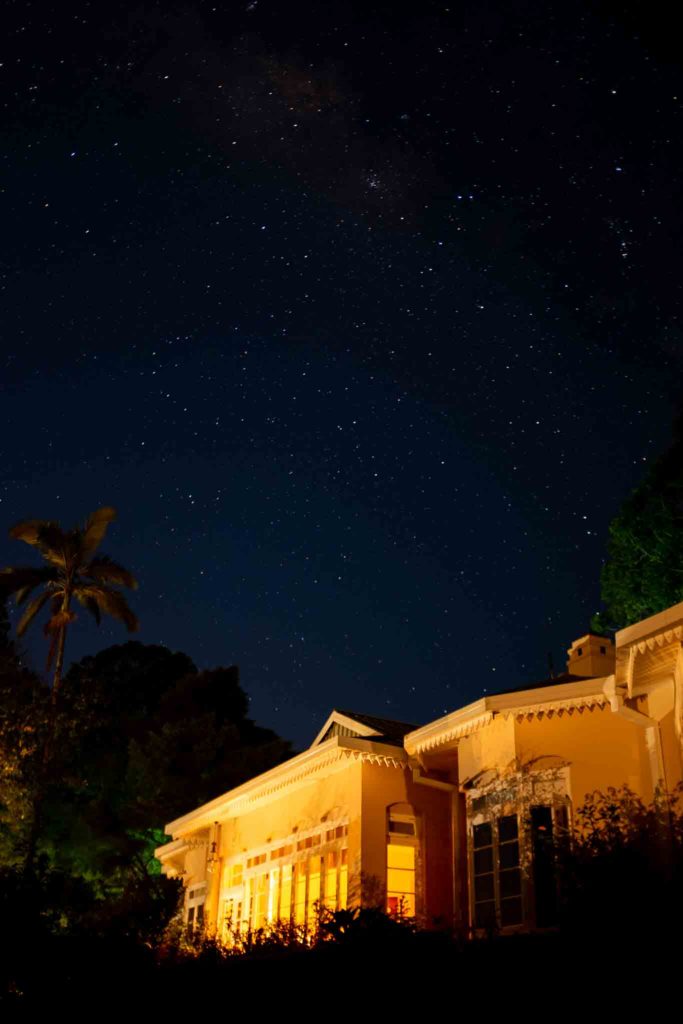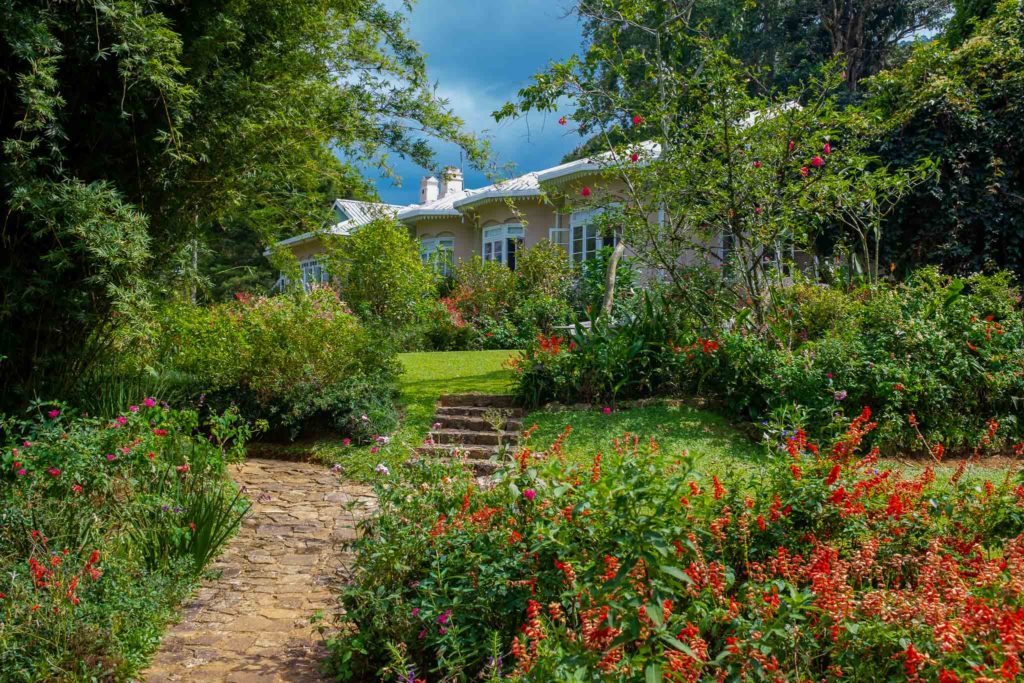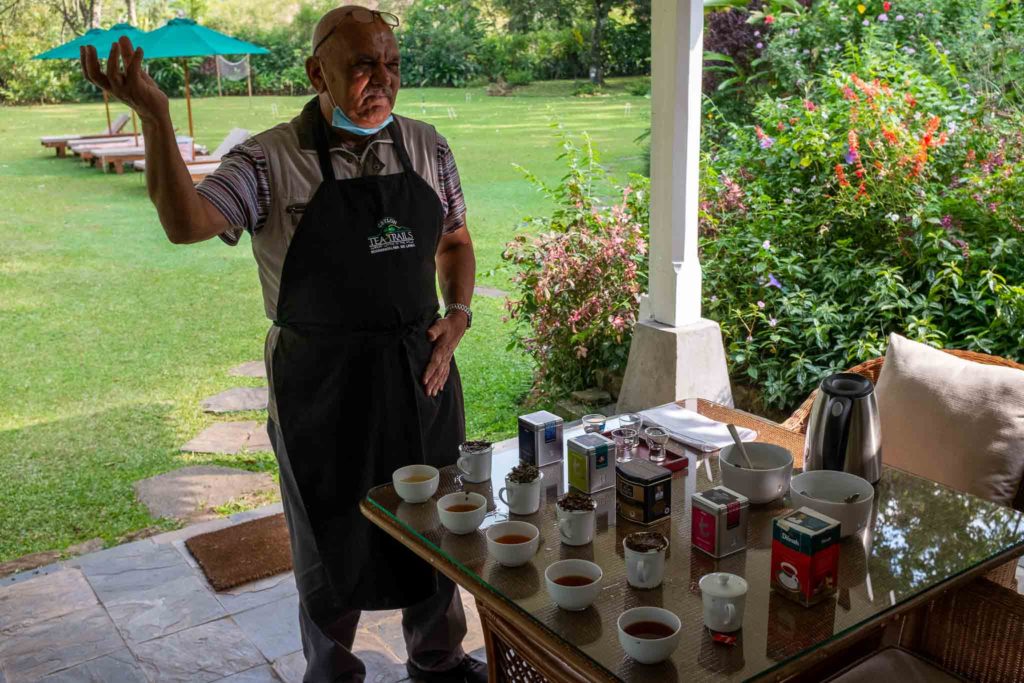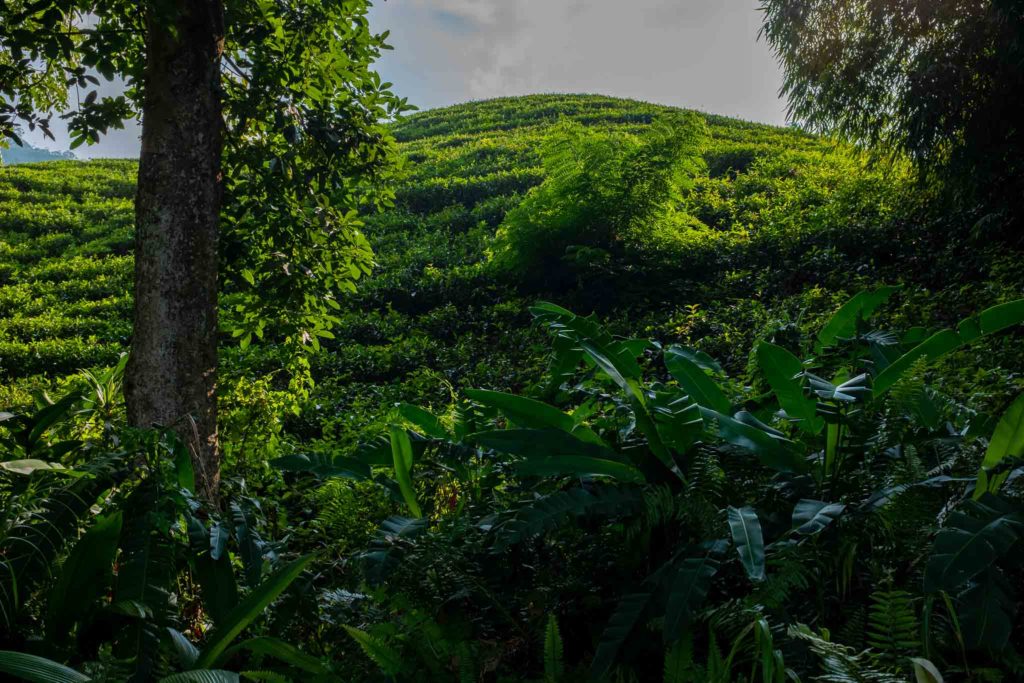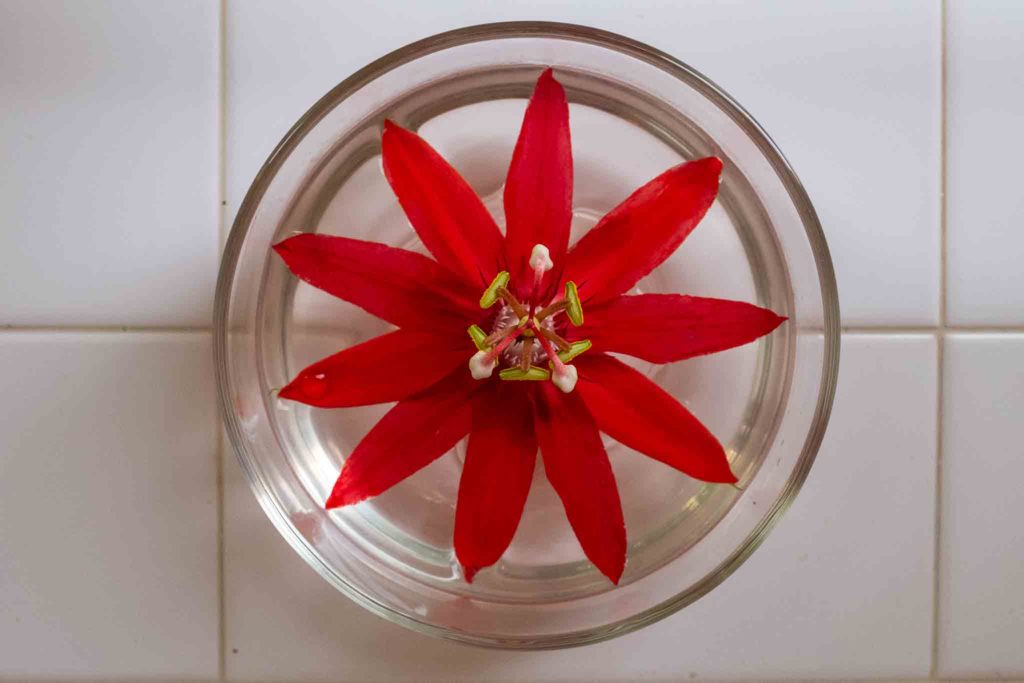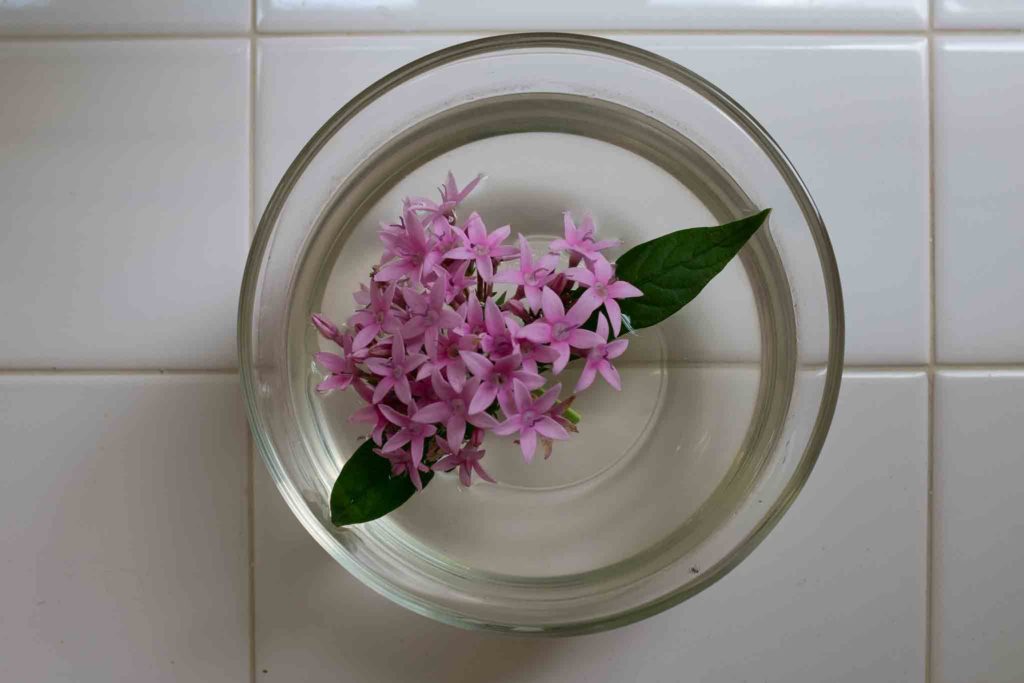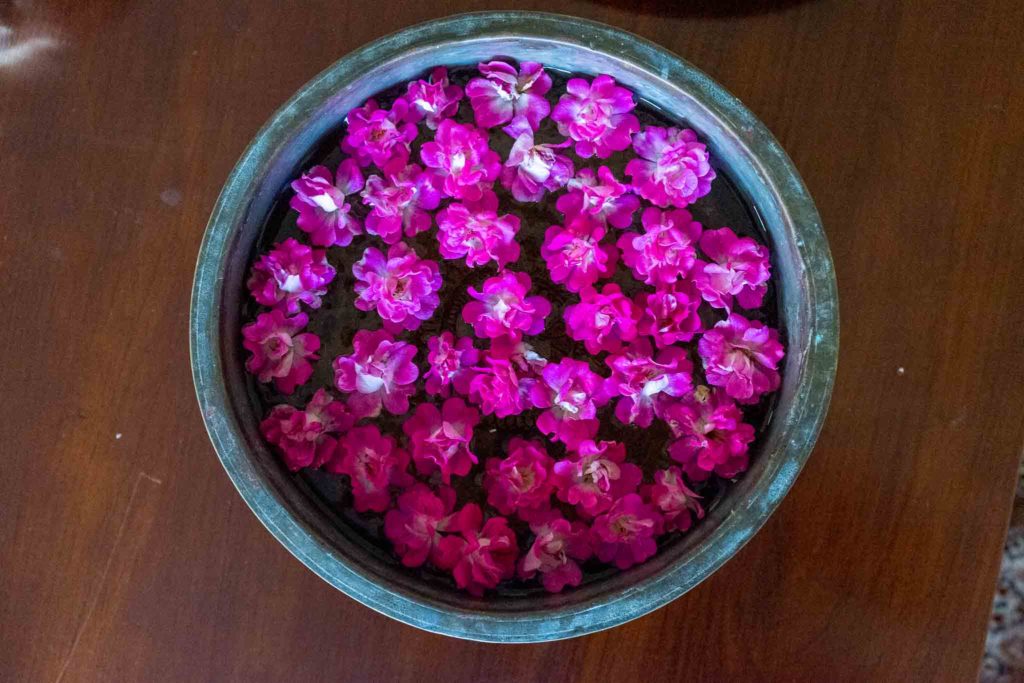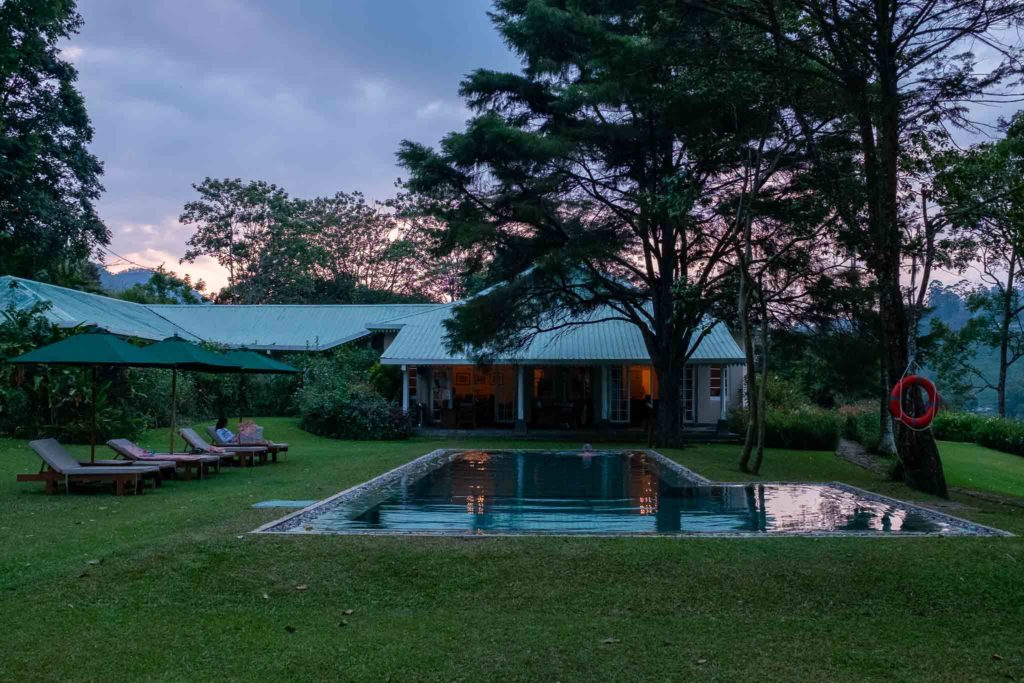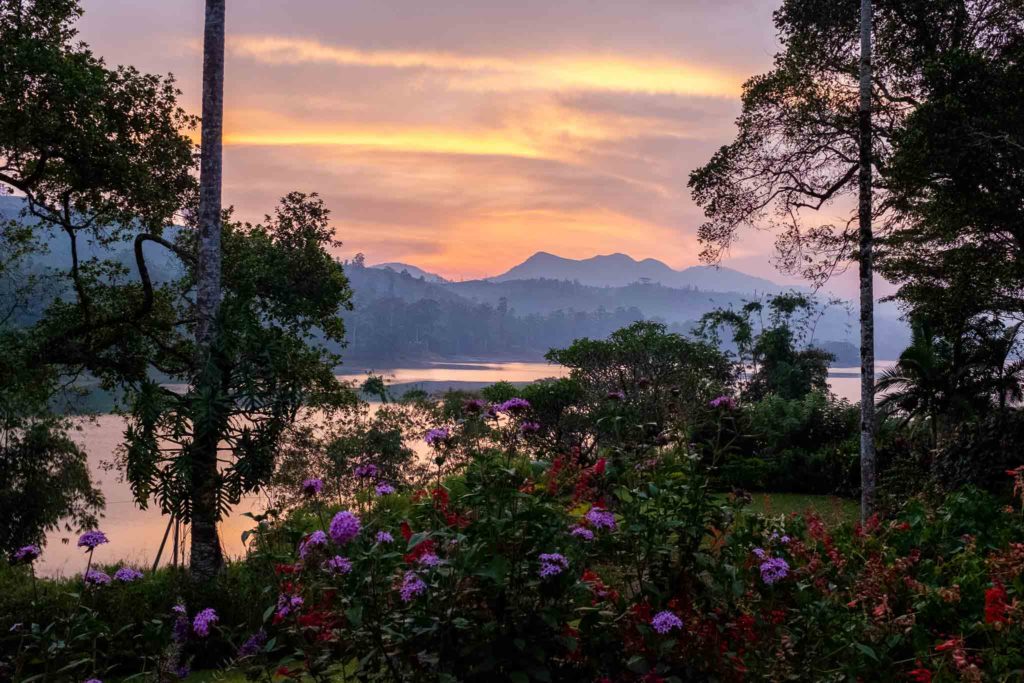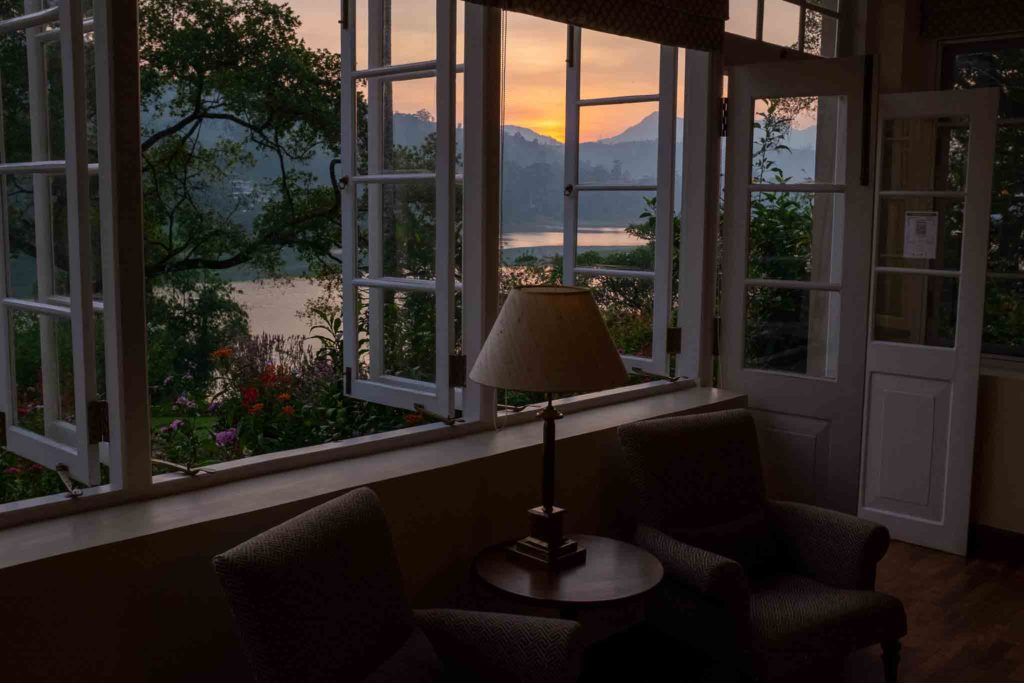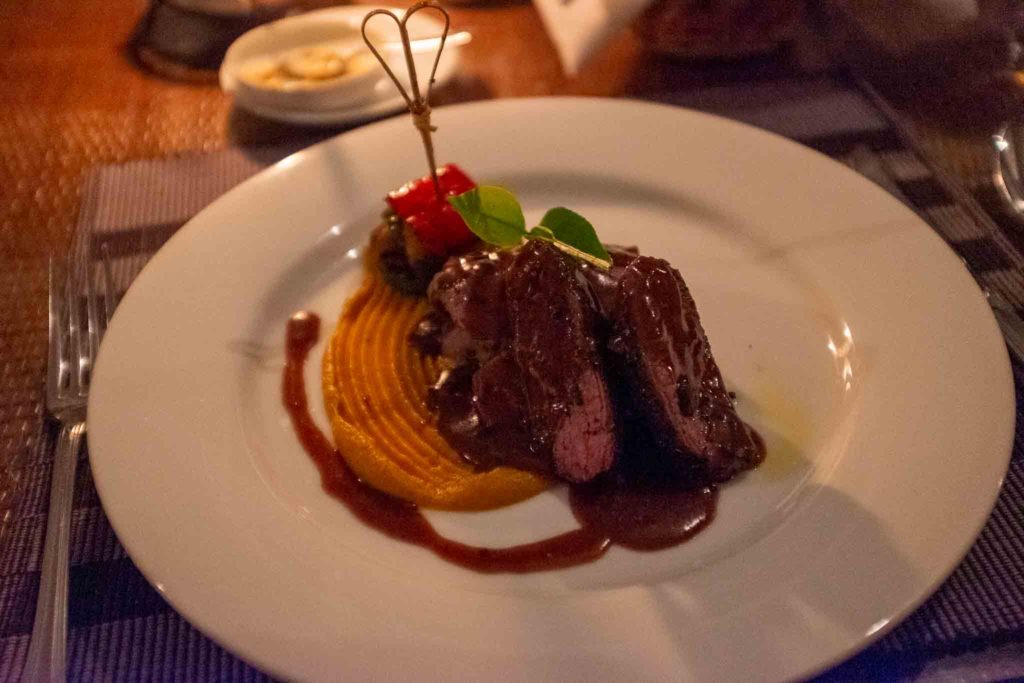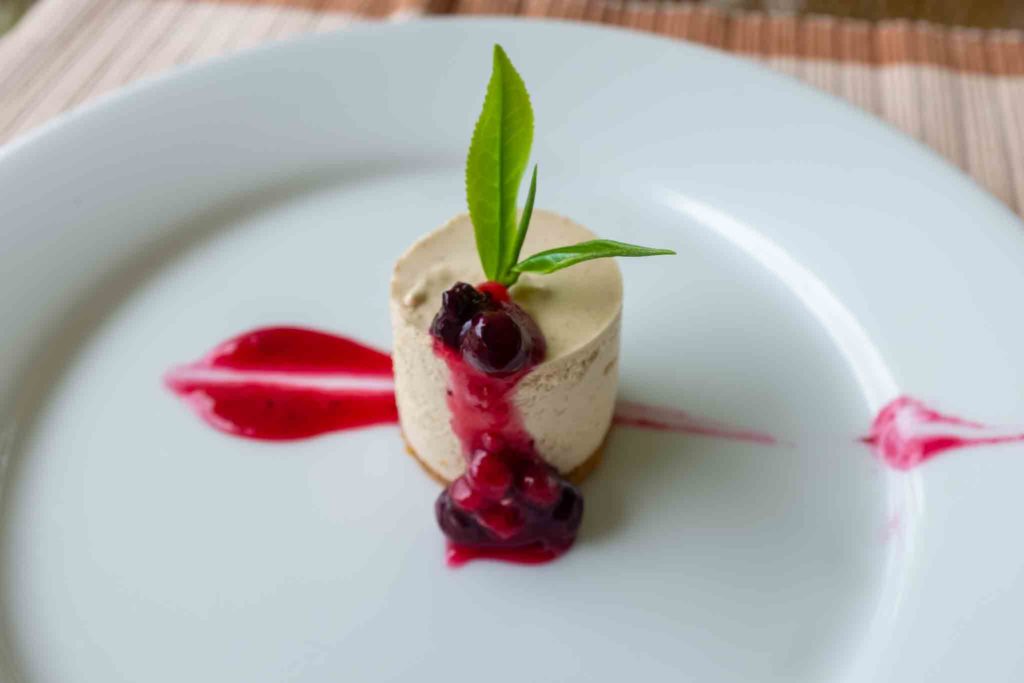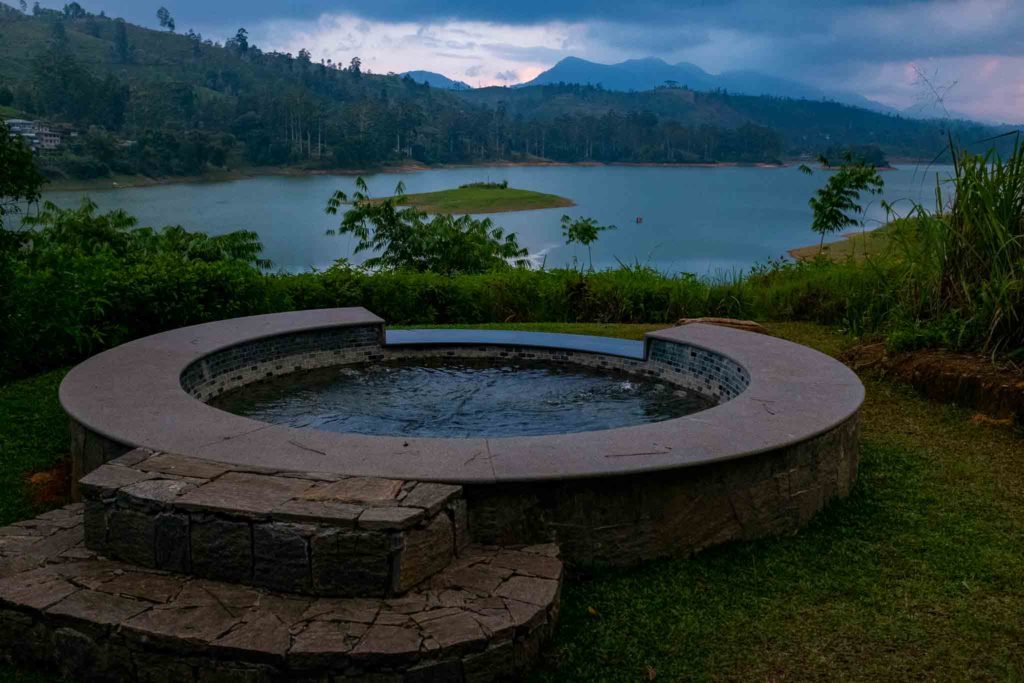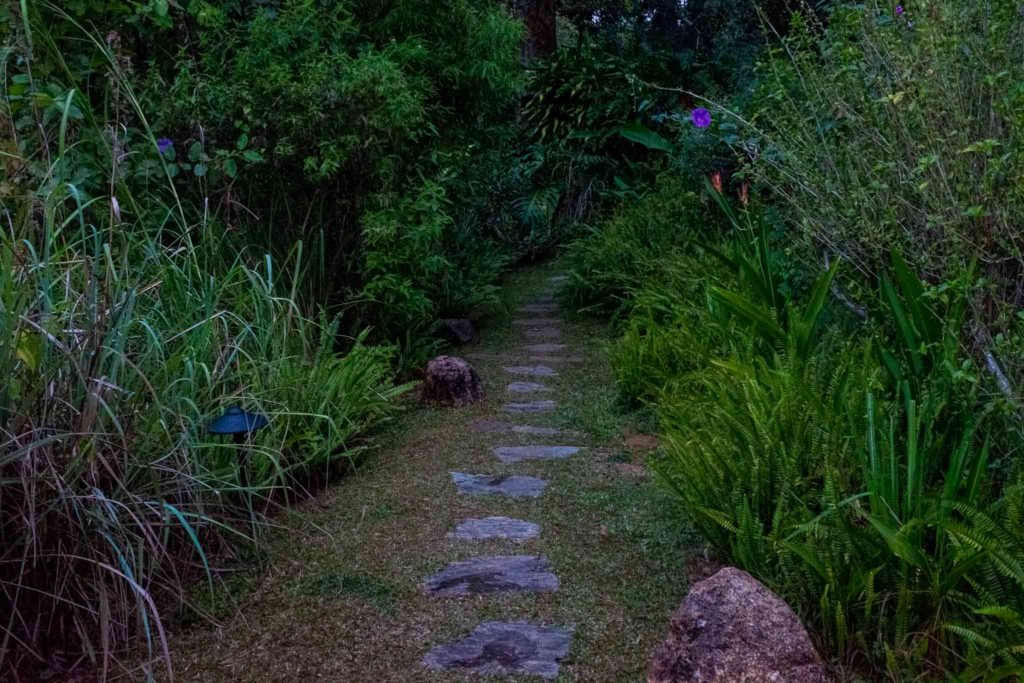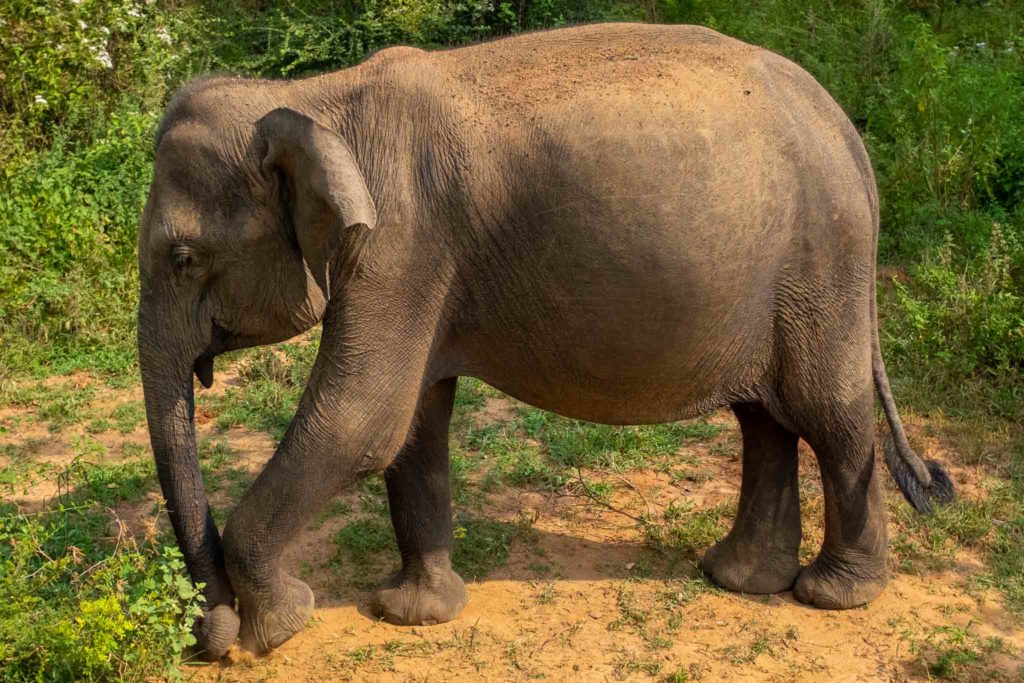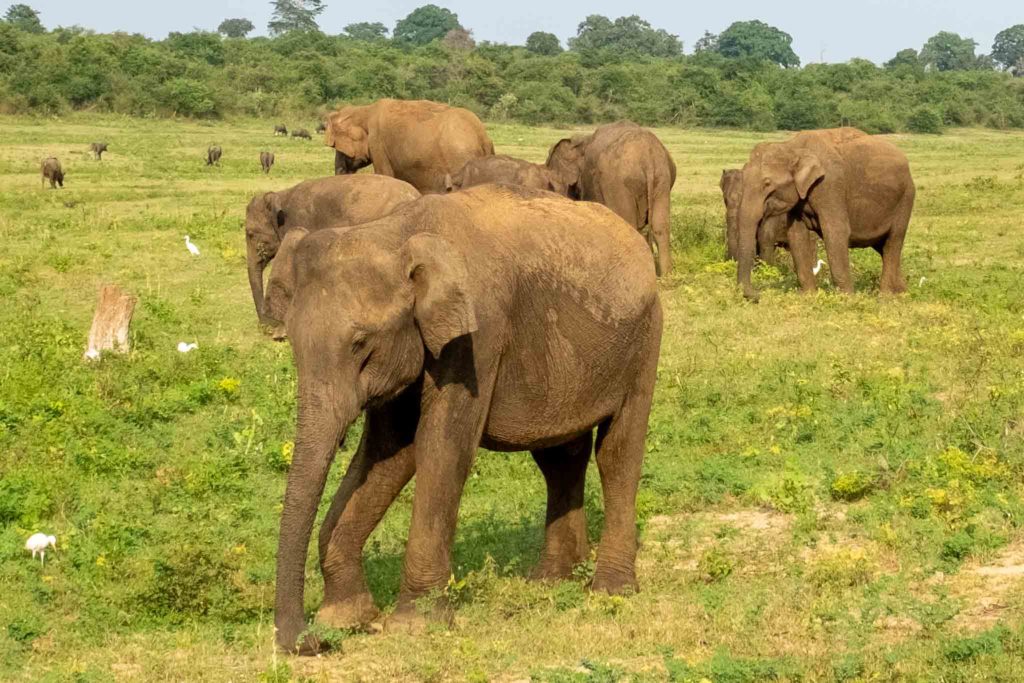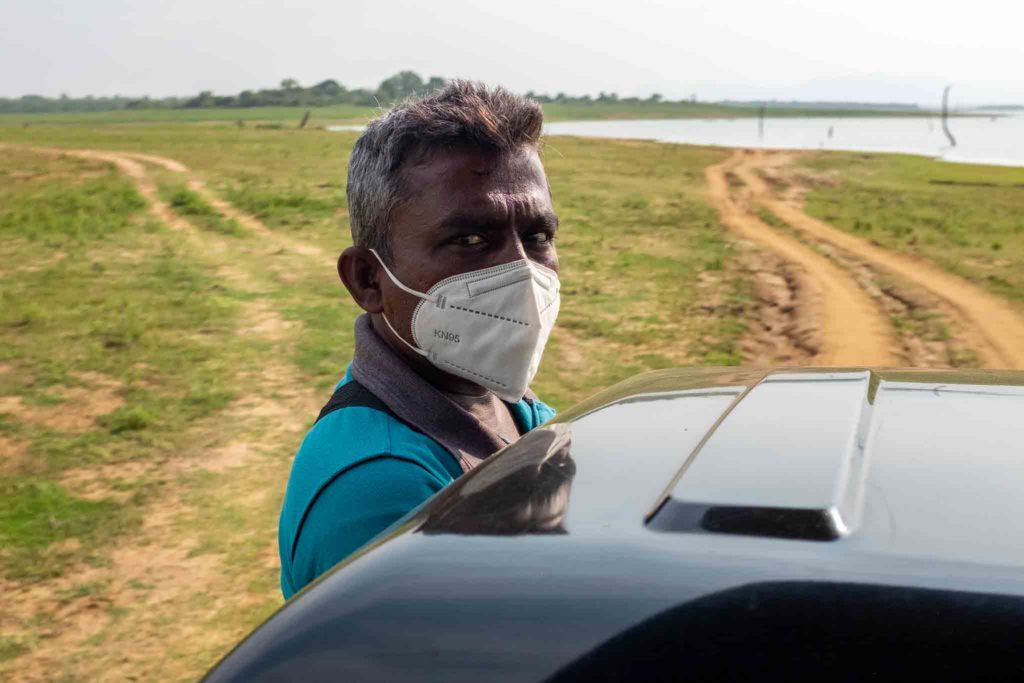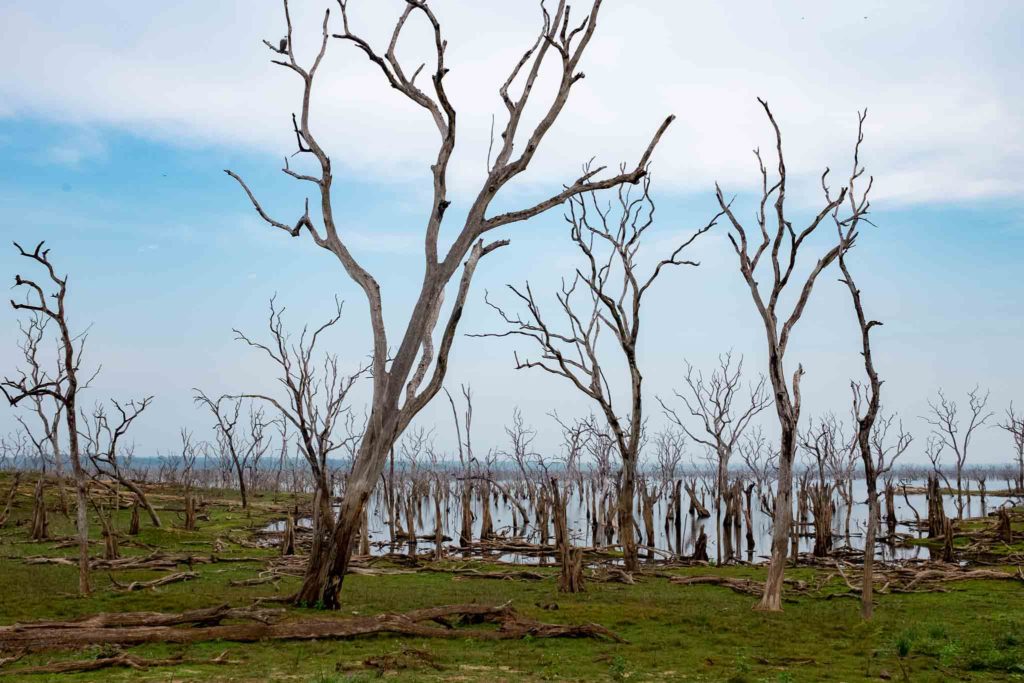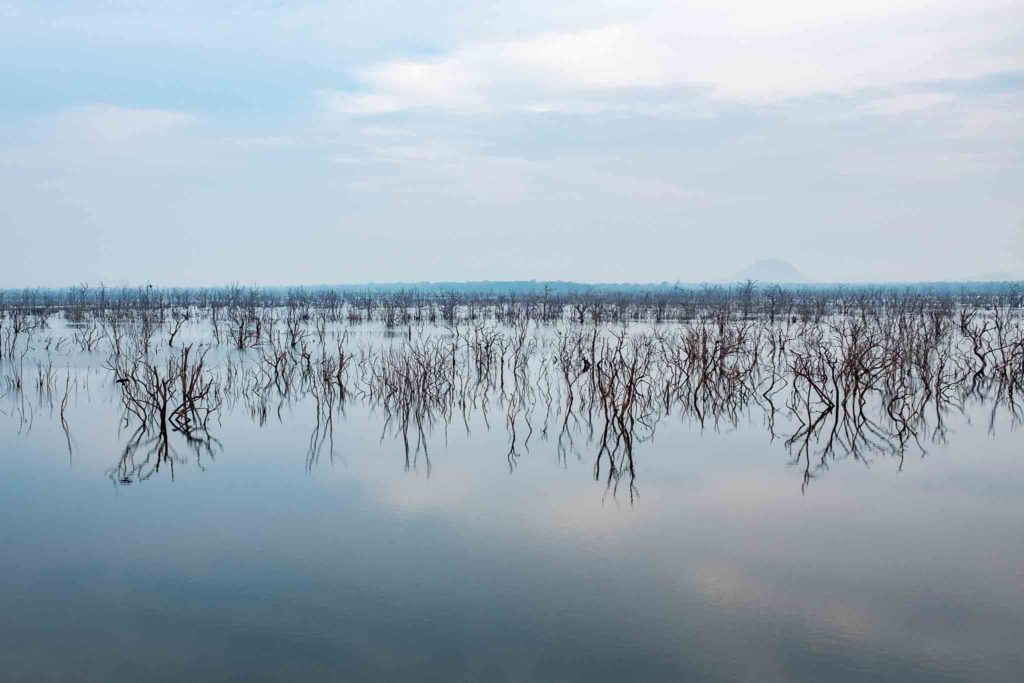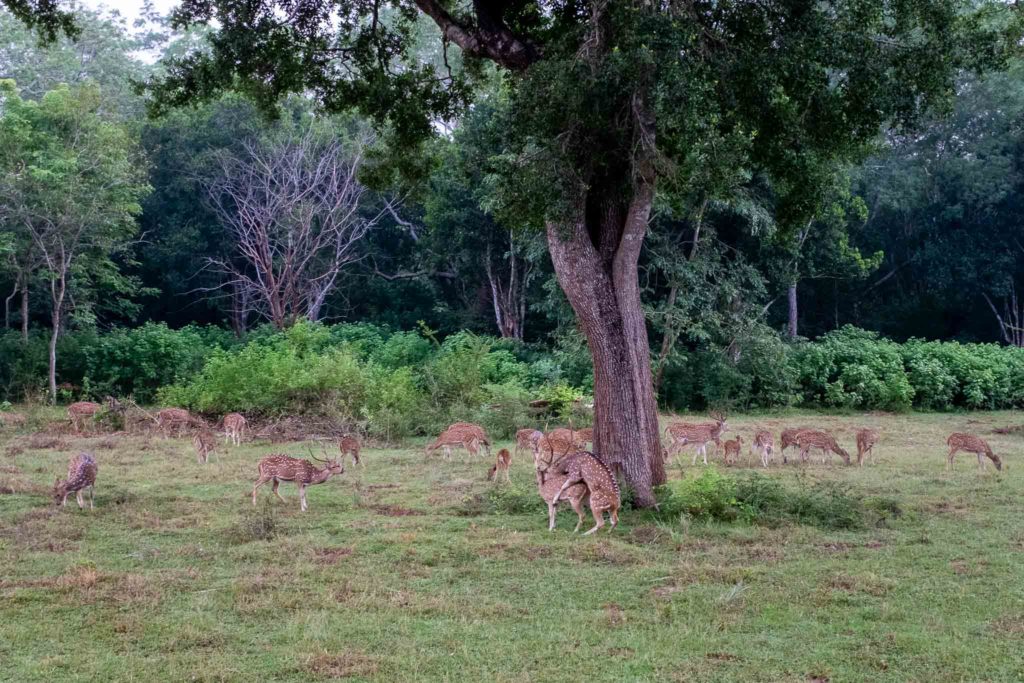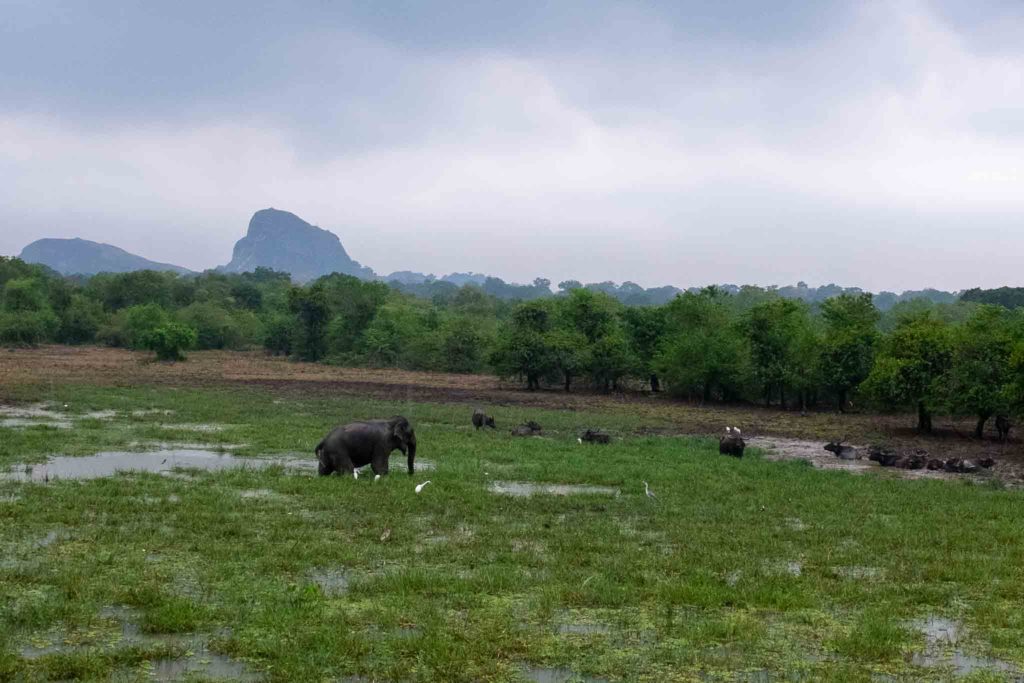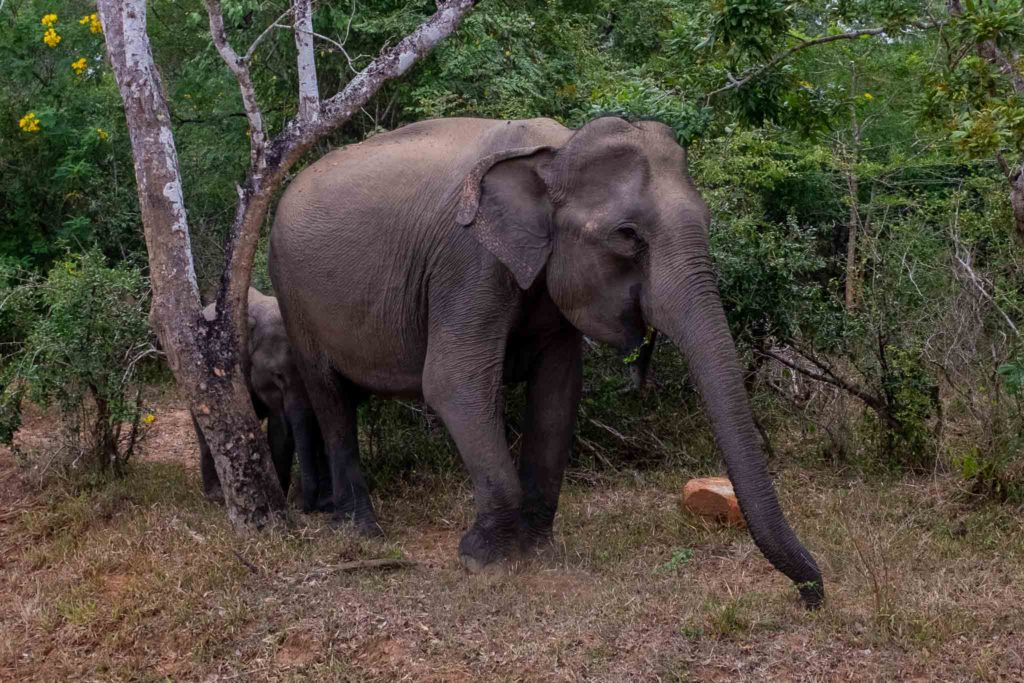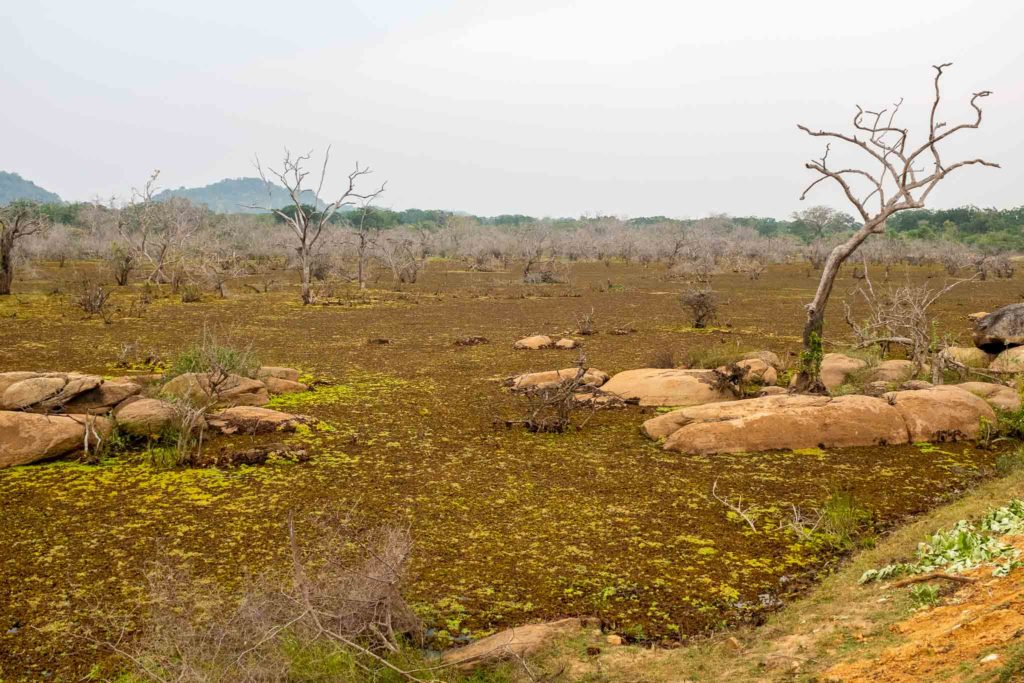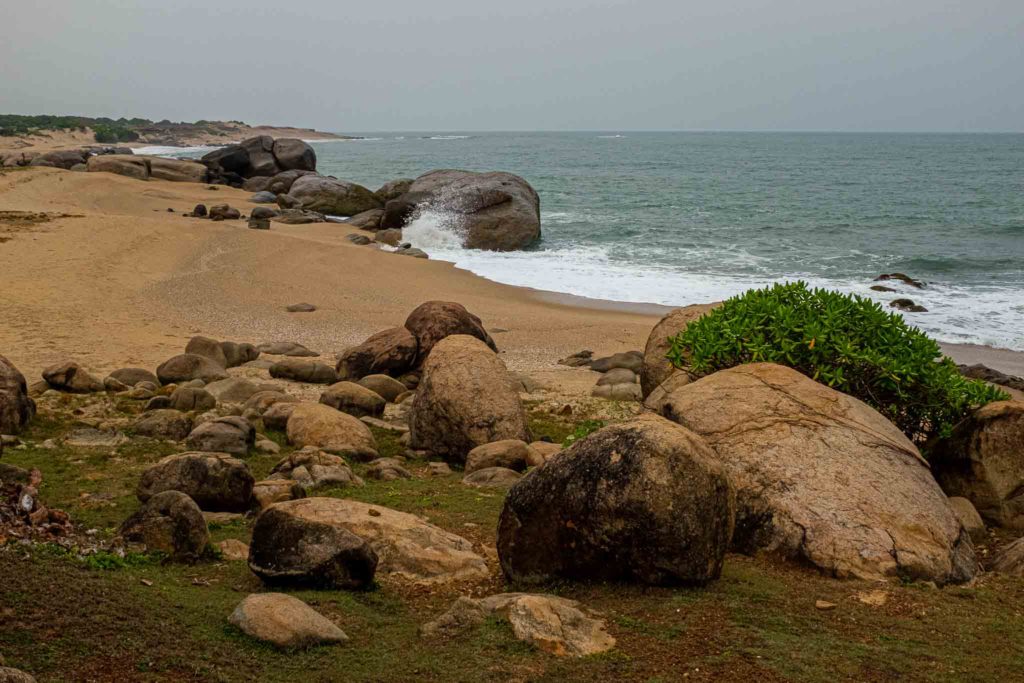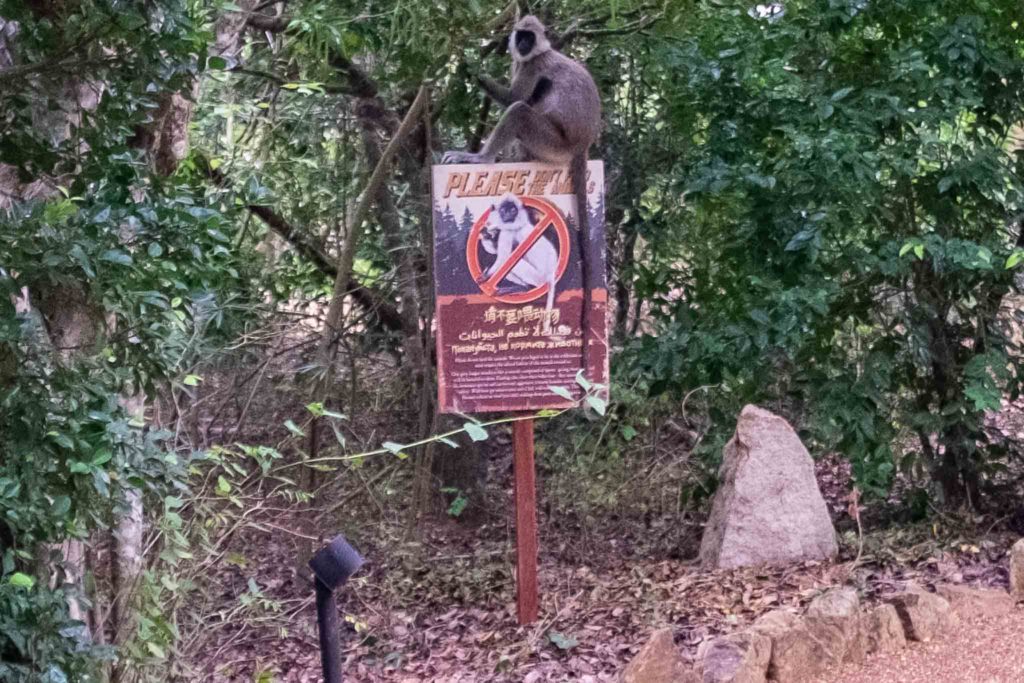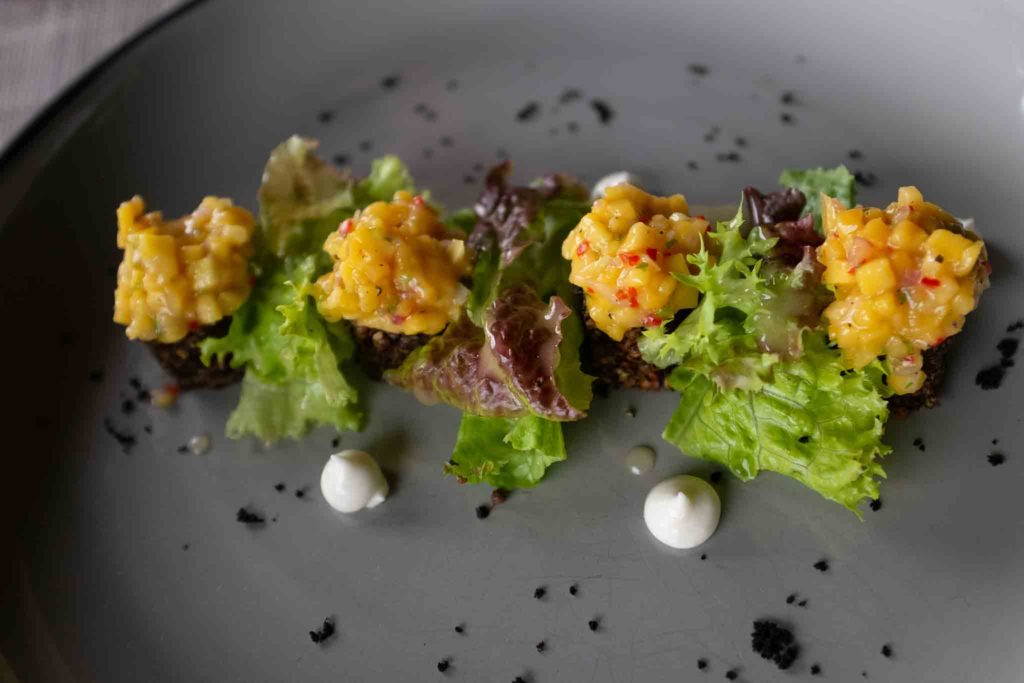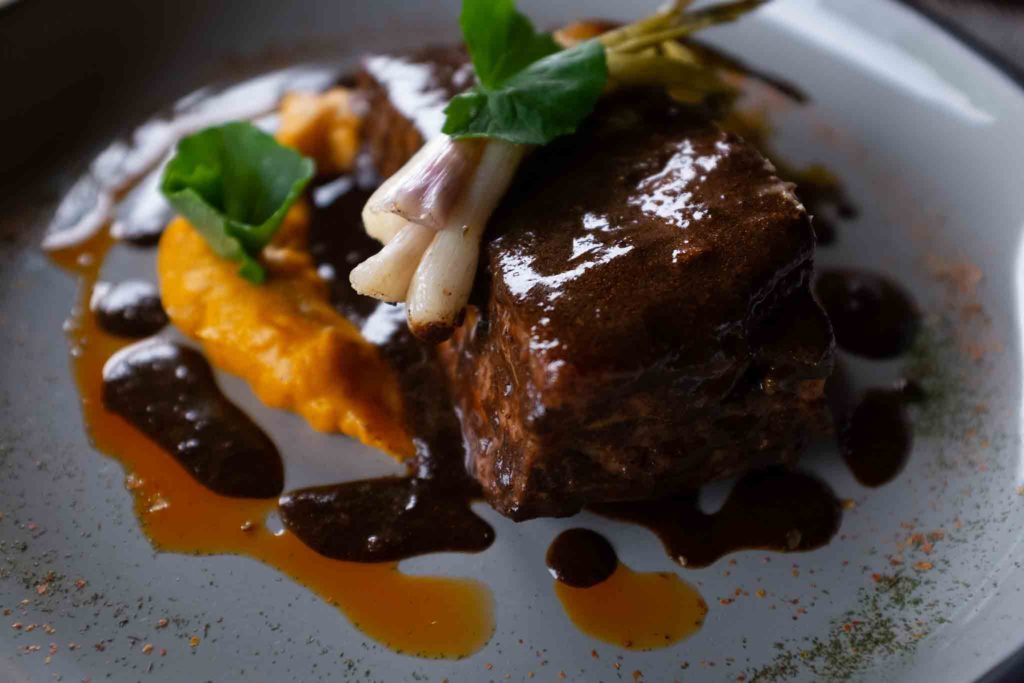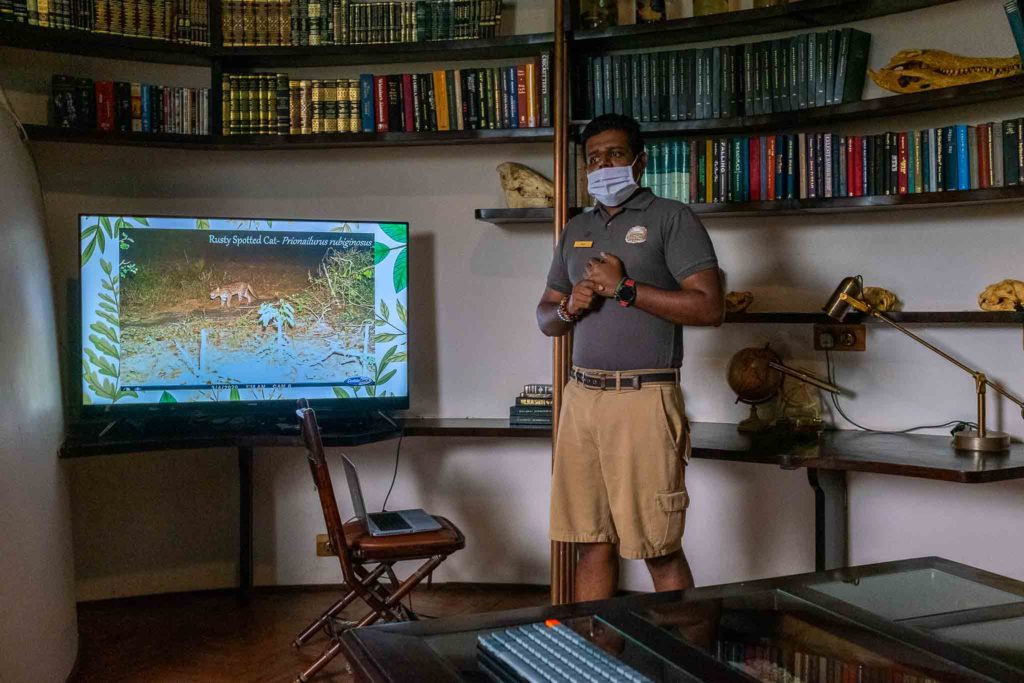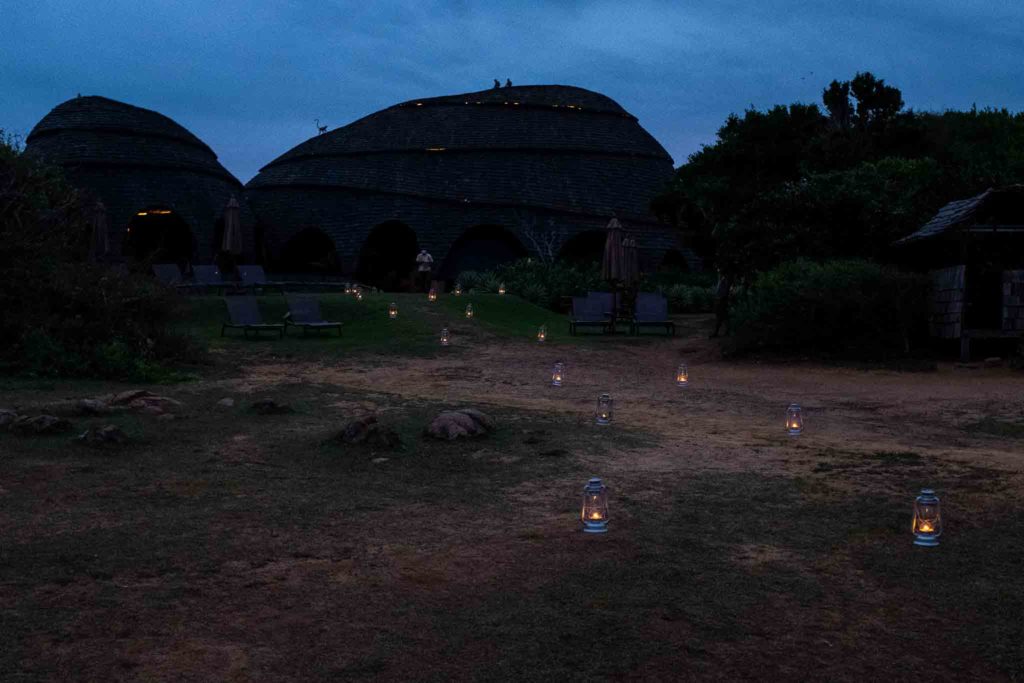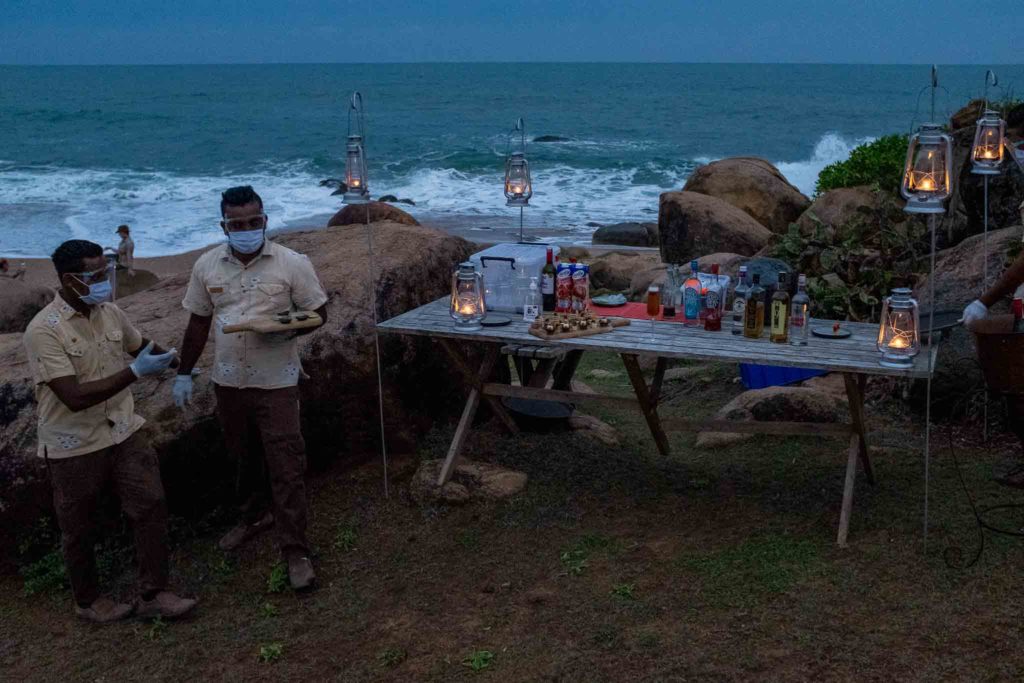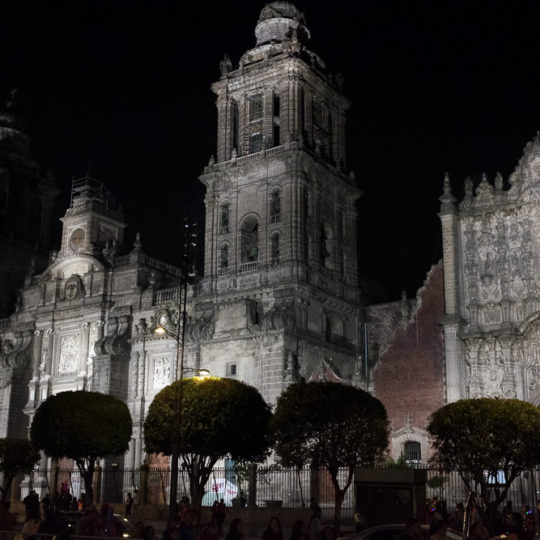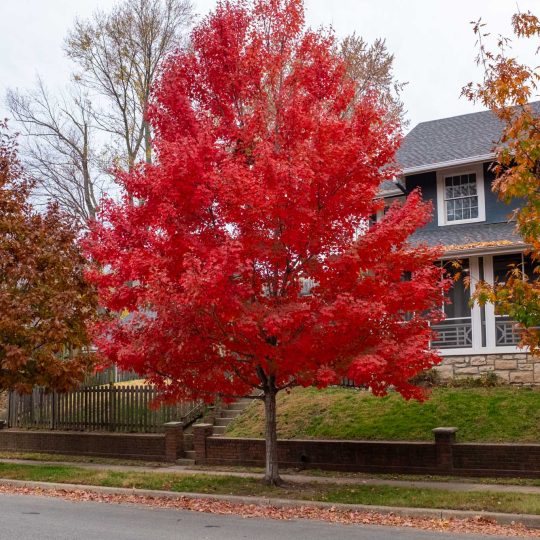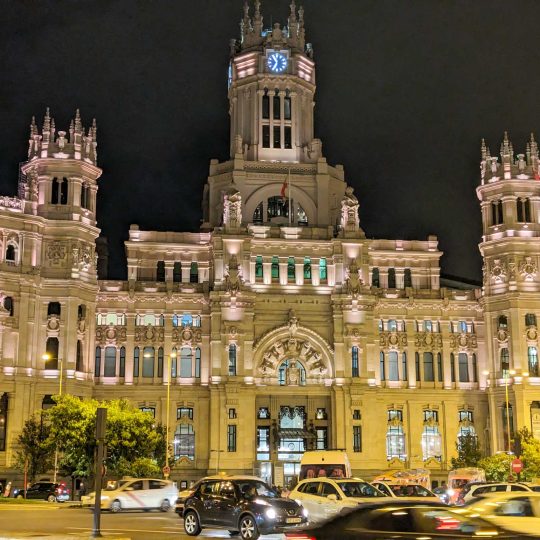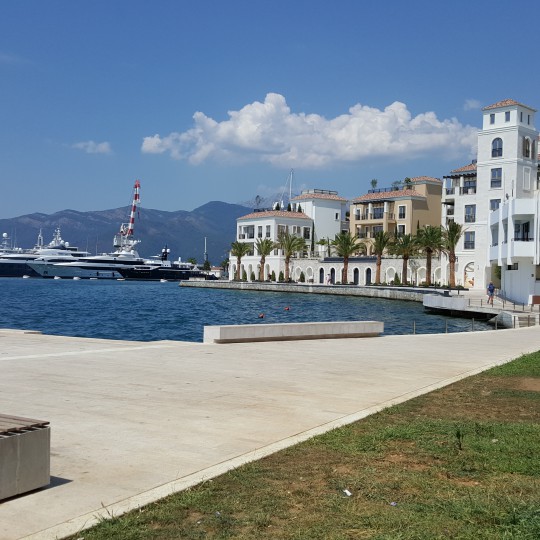When I was a kid, New Zealand’s remote location, geographic isolation and diversity, endemic wildlife and a friend’s Kiwi lineage necessitated my interest; I visited in 2008. Similarly in college, Tierra del Fuego, the southern tip of South America, attracted my interest as a mysterious, adventurous place that I longed to visit (and did in 2005). Five years ago I wondered what Seoul, South Korea, must be like, seemingly so different from the United States. Sri Lanka though, was never a place that was on my radar.
Nevertheless, convenient travel destinations have been scarce during the height of the Covid-19 pandemic. Many countries’ borders have been closed to foreigners and travel restrictions feel increasingly onerous. Compulsory quarantines serve as xenophobic annoyance mechanisms to keep germy, unwanted foreigners the hell away.
Some considerations for a one-week vacation in March 2021 with minimally-invasive Covid-19 restrictions included Kosovo, North Macedonia and Albania — all intriguing based on combinations of relative obscurity (to me) and open-entry. North Macedonia didn’t even require a negative Covid test to enter. Sounds like a place I would like! A Kosovo road trip sounded fun and dangerous… Sri Lanka was another option, albeit with more stringent visitation requirements. Tourists entering Sri Lanka would need to segregate themselves from locals and would have limited access to tourist destinations. Upon closer inspection though, these restrictions were a great opportunity to explore Sri Lanka without other tourists around. And so began destination diligence™ on Sri Lanka to see if it would fit the bill as my next destination.
I never perceived Sri Lankan culture as differentiated from India’s. My most difficult month of traveling (so far!) had been in India in 2012 — I can only suppose some sort of India-PTSD had ebbed a fear of repeating my experience in Sri Lanka. Other things biased me with preconceived notions — friends visiting Sri Lanka hugged the coast for beach vacations leading me to mistakenly deduce that the Sri Lankan inland must have little worth exploring if everyone I knew just wanted to surf.
All it took was a set of cursory internet searches to become fascinated by the wild and adventurous places to be explored in such a small country. Ancient history, four religions, endemic wildlife and geographic diversity. I learned that Sri Lankan cuisine is different from Indian and the main languages spoken — Sinhala and Tamil — I had never even heard of. Suddenly my mouth wanted to taste Sri Lankan food and my ears wanted to hear what Sinhala and Tamil sounded like. I wanted to see elephants and leopards. Interesting. Quite suddenly, I was crushing on a tiny, previously-overlooked Asian country. Good old destination diligence™.
Exploratory travel is most enjoyable when it subverts my expectations. It’s those “ah-ha!” moments of immediate comprehension that don’t come without investigation, discovery and often surprise. Unfortunately such occurrences feel rare within our own local, familiar environs. Of course that sparkle of fresh insight can occur anywhere — meeting new people, trying new things — but within a foreign place, that uncommon spice and intrigue flavor otherwise regular pursuits and curiosities into adventures.
The Sri Lankan adventure would be a one week vacation without work (some work did creep in, unfortunately) and span across two resorts in separate geographic regions. The first was three nights on a tea plantation in the mountainous tea region of Hatton, the second being a safari lodge on the southern coast of Yala. I feel the need to assert that I travel via fancy resorts only very rarely, but on those occasions which I do travel to such places, I enjoy the hell out of it.
The first destination, Ceylon Tea Trails comprises multiple bungalow estates atop tea plantations scattered across Hatton, a higher-altitude tea-growing region in central Sri Lanka. All of the activities normally offered were restricted due to Covid-19 restrictions but that turned out to be a feature instead of a hinderance as the Castlereagh bungalow was surprisingly luxurious and the perfect place to relax and unwind — when forced to, I was freed to read books, take naps and utilize my private butler and unlimited alcohol perk to maximum effect. The food was tremendous — a set menu arranged by the chef each day and pitched to us each morning. There were no objections. The spicy, salty flavors were exquisitely unique and the portions more than ample. I couldn’t stop savoring the tangy, salty, citric pangs of flavor with each forkful.
The atmosphere of the estate gradually changed throughout the day as the sun moved through the surrounding garden canopies. A background noise of nature — birds, insects and nothing else enveloped everything into a serene, exotic bubble insulated from outside reality. Lounging poolside or in the hot tub overlooking a lake below — felt like I was in a private estate in the middle of an exotic destination, which I was. The entire grounds of the estate are covered in a garden replete with lush flowers spread in a rainbow of colors. Floral, fragrant smells permeate the premises.
The interior of the Bungalow was likewise strewn with flowers. Freshly-baked pastries hidden within canisters were placed throughout, like hidden Easter eggs to be serendipitously discovered. The sensory impressions are thusly ingrained. I would not hesitate to spend an entire week or more again sopping bottomless champagne, writing in a journal or working on a studious pursuit immersed in study while coddled to such contentment.
The transition out of Tea Trails to Yala National Park involved a six hour car ride (no more than a couple hundred kilometers) through rugged, disastrous roads. You might not believe that such decrepit, two-way, one-lane roads-as-highways still exist in the world in 2021. They have snakes, women carrying baskets of tea on their heads, bicycles, cars driving directly at you and passing with a hand’s distance at anxiety-inducing speeds and no street lamps.
Before arriving in Yala a stop was arranged in Udawalawe National Park, to see lots and lots of wild elephants. Have you ever seen a wild elephant before? I never had. The local guides volunteered fun elephant anecdotes; my favorite stories involved their behavioral psychology and social dynamics. Anatomical features were a close second. Did you know that elephants have a fluid-filled cushion on the bottom of their feet? This cushion melds around ground features to diffuse their considerable weight and decrease pressure on any one spot. Elephant sneakers. They can communicate with each other using vibrations through the earth.
The destination in Yala, Wild Coast Lodge, is an upscale resort on the southern coast of Sri Lanka that sits on the outskirts of Yala National Park. Featuring outdoor “cocoon” huts that are modeled after a sort of Teddy Roosevelt African adventure vibe with lots of exposed copper, leather and white canvas. The coolest part about Wild Coast Lodge is that it includes a safari with a Park Ranger for each night’s stay; so the four night stay included four safaris.
Yala National Park is known to harbor the largest concentration of leopards in the world owing to the protections of the park, the ideal habitat and abundance of prey. Leopards are the main draw of visitors and photographers; to glimpse one in its natural habitat really fun and exciting. While on safari we were constantly on watch through the bush alongside the roads looking for leopards hidden away at the periphery of view and were fortunate to see them on multiple occasions. Here’s a short video trailing a leopard in Yala National Park:
These were the first safaris I have ever done — safaris are really fun. If you have never done a safari before you may be under the impression that safaris are dull. There are a few things that made these safaris really interesting, entertaining and fun for me.
- The animals completely ignore the trucks that you are riding it — it is as if they don’t even see or acknowledge that they are there; because of this you feel invisible to the animals and you can drive up alongside them. Apparently this is because humans never get out of the trucks (due to the regulations of Yala National Park) and so animals don’t fear or really notice humans in the trucks that drive by.
- Animals in safaris are really wild. This is still a difficult concept for me to grasp and I’ll attempt to articulate why. Of course we all understand the concept of wild animals. Semi regularly we even see deer, elk, birds etc. We understand the concept of wild animals but rarely are able to see ecosystems of wild animals in action asserting their will upon one another. Additionally, unless actively seeking it, we are never in a context where an animal or environment could be considered dangerous. Not dangerous to us personally, but dangerous in general — posing danger to something — like other animals. Our typical human habitats have been so sanitized from conflict, natural selection and predators that the presence if an active ecosystem was surprisingly interesting and also foreign. If my intent in describing is ineffectual, I assure you that if you saw a leopard attempting to kill a deer you would know what I am trying to convey.
- Ecosystems on display. With so many interconnected species each affecting the habitat in different ways (as demonstrated and explained by our ranger), the absence of any single role player becomes immediately apparent. For instance elephants create pathways through the brush that buffalo then use to graze ground cover, enabling wild boar to dig roots and tubers limiting forest over-growth. The leopards of Yala police the populations of the pigs and other small animals calling the forest home. It continues on smaller scales as well with the birds following elephants who kick up bugs in the dust with their footsteps, the dung beetles recomposing refuse. While we understand the concepts of such ecologies, in our own habitats they seem theoretical constructs to describe the invisible phenomenon beyond our periphery. Among the dense wildlife in Yala – you can observe these ecological systems in real-time and it’s easy to understand what happens when one of the pieces to the ecosystem’s puzzle is removed or extinct.
- Rich diversity of animals. Going on a safari is more entertaining than going to the movies. There really is that much to see and experience and so much of it depends on your own awareness and ability to perceive and recognize what is already happening all around you. This turns safari into an active game of paying attention and staying alert. With some insightful prompts from a ranger you translate interesting behavior from animals you never would have otherwise; dialogue with conjecture at causal relationships, symbiotic dynamics and co-evolution turn a natural environment to the most effective science classroom I have studied at. This is how engaging learning could be.
Sri Lanka was an unexpected adventure. It’s the smallest country I have visited geographically that I want to return to. Due to the considerable Covid-19 restrictions in place it was impossible to visit many interesting places and so just two were chosen. Next time I return I’m excited to do to even more. I hope this abbreviated account of my week in Sri Lanka can inspire others who may have overlooked Sri Lanka to turn a more critical eye to its many offerings; I think it likely you might also be surprised with what you find.
